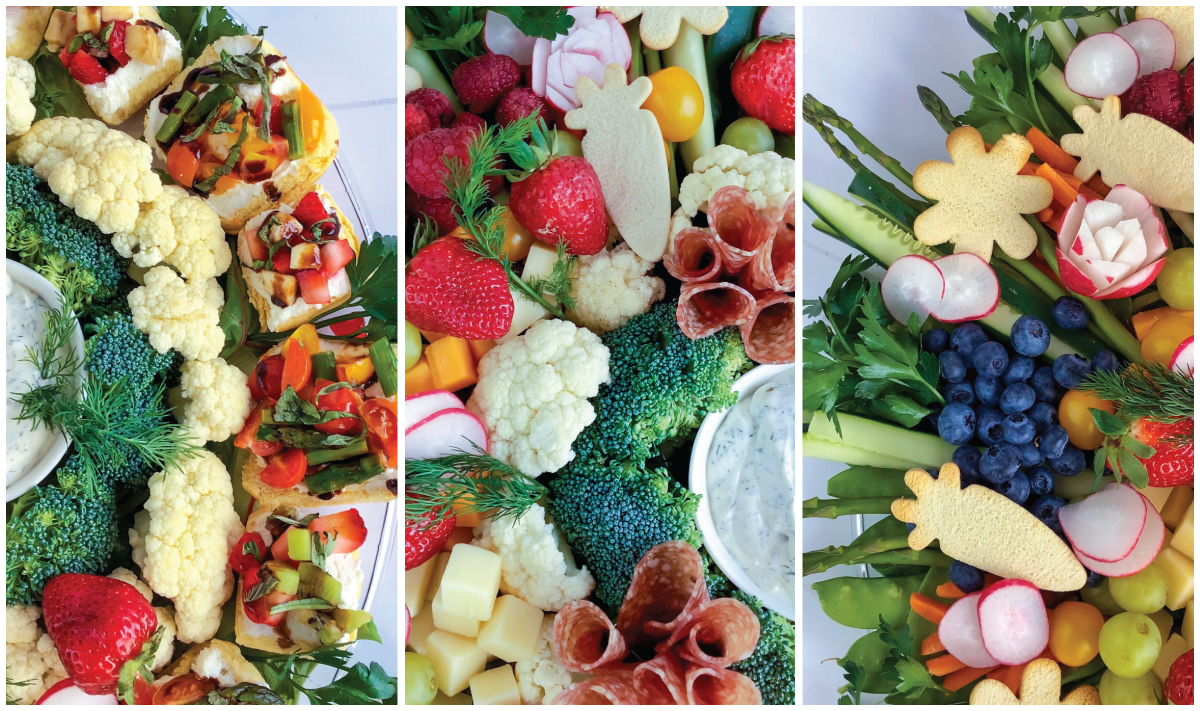Cooking with seasonal vegetables isn’t just a trend—it’s a delicious and sustainable way to eat fresher, healthier, and more flavorful meals. When you cook with produce that’s naturally available, you enjoy ingredients at their nutritional and taste peak. In 2025, chefs and home cooks alike are embracing the farm-to-table movement, transforming everyday vegetables into creative, colorful dishes that celebrate each season. From crisp spring salads to cozy winter soups, here’s how to make the most of nature’s freshest offerings.
Why Cook with Seasonal Vegetables?
Seasonal vegetables are harvested when they’re naturally ripe, meaning they’re packed with vitamins, minerals, and vibrant flavors. They’re also more affordable and eco-friendly since they require less artificial growing and transportation. Cooking with what’s in season inspires creativity—you learn to adapt recipes and experiment with new flavors. Every few months, your menu refreshes naturally, keeping your meals exciting and your cooking skills evolving.
Spring: Fresh and Light Creations
Spring is the season of renewal, with tender greens, herbs, and colorful produce taking the spotlight.
Best vegetables: asparagus, peas, spinach, radishes, carrots, and artichokes.
1. Lemon Butter Asparagus Pasta
Toss blanched asparagus and peas with garlic butter, lemon zest, and parmesan. Finish with a handful of spinach for a fresh, tangy, and vibrant pasta dish that screams spring.
2. Roasted Carrot and Radish Salad
Roast carrots and radishes until caramelized, then toss with baby greens, feta cheese, and a honey-mustard dressing. The blend of sweet, peppery, and tangy flavors makes it perfect for a light lunch.
3. Creamy Artichoke and Spinach Soup
Blend steamed artichokes and spinach with garlic, onion, and vegetable broth for a velvety, nutrient-rich soup. Add a swirl of cream or coconut milk for smoothness.
Summer: Vibrant, Juicy, and Colorful
Summer brings bold colors and big flavors. Vegetables are crisp, juicy, and ideal for grilling or quick stir-fries.
Best vegetables: zucchini, tomatoes, bell peppers, corn, cucumbers, and eggplant.
1. Grilled Vegetable Skewers with Herb Marinade
Thread zucchini, peppers, mushrooms, and cherry tomatoes on skewers. Brush with olive oil, garlic, and herbs, then grill for smoky perfection. Pair with yogurt dip or flatbread.
2. Chilled Cucumber and Mint Soup
Blend cucumber, mint, yogurt, and lime juice for a refreshing summer soup. Serve cold and top with olive oil and crushed pepper for elegance.
3. Sweet Corn and Tomato Tacos
Sauté corn kernels with diced tomatoes, onions, and chili flakes. Spoon into soft tortillas, top with avocado and lime crema. It’s a perfect balance of sweetness and spice.
4. Ratatouille with a Modern Twist
Layer eggplant, zucchini, and bell peppers in a tomato sauce base, then bake. Garnish with fresh basil and drizzle of olive oil for a beautiful Mediterranean-inspired meal.
Autumn: Cozy, Comforting, and Earthy
Autumn vegetables bring warmth and depth to the table. Think roasts, stews, and hearty grain bowls.
Best vegetables: pumpkin, sweet potatoes, cauliflower, beets, kale, and Brussels sprouts.
1. Roasted Beet and Goat Cheese Risotto
Stir roasted beet purée into creamy risotto for a stunning pink hue and earthy flavor. Add goat cheese and walnuts for a gourmet finish.
2. Spiced Pumpkin and Lentil Curry
Cook pumpkin cubes with lentils, coconut milk, ginger, and curry spices. The result is a rich, comforting dish perfect for chilly nights.
3. Maple-Glazed Brussels Sprouts with Pecans
Roast Brussels sprouts with olive oil, then toss in maple syrup and toasted pecans. This sweet-savory side dish pairs beautifully with any main course.
Winter: Hearty, Nourishing, and Warming
Winter’s vegetables are robust and perfect for soups, casseroles, and oven-baked comfort meals.
Best vegetables: carrots, potatoes, cabbage, leeks, spinach, and winter squash.
1. Creamy Leek and Potato Gratin
Layer thinly sliced potatoes and leeks in cream, garlic, and thyme. Bake until golden and bubbling—a luxurious side that steals the show.
2. Roasted Root Vegetable Medley
Combine carrots, parsnips, and turnips with olive oil and rosemary. Roast until caramelized for a simple yet deeply flavorful dish.
3. Spiced Cabbage and Bean Stew
Simmer cabbage with white beans, tomatoes, and paprika for a hearty winter stew. Add chili flakes for gentle heat and serve with crusty bread.
4. Butternut Squash Gnocchi with Sage Butter
Make homemade gnocchi from roasted butternut squash and flour, then toss in sage-infused brown butter. It’s rich, aromatic, and perfect for cozy evenings.
Creative Ways to Use Vegetables in Every Season
- Make veggie noodles: Spiralize zucchini, carrots, or sweet potatoes as healthy pasta alternatives.
- Bake with vegetables: Add grated carrots, beets, or pumpkin to cakes and muffins for moisture and nutrition.
- Ferment and pickle: Preserve seasonal veggies like cucumbers, radishes, or cabbage to enjoy year-round.
- Blend sauces: Roast and purée vegetables like red peppers or cauliflower into smooth, flavorful sauces.
- Stuff and roast: Fill bell peppers, tomatoes, or zucchini with grains, cheese, and herbs for beautiful presentations.
The Benefits of Eating Seasonally
Eating seasonally aligns your diet with nature’s rhythm. You enjoy better taste, nutrition, and variety while supporting local farmers and reducing your carbon footprint. Plus, it encourages creativity—each season inspires new colors, textures, and flavors to play with.
Final Thoughts: Cooking in Harmony with Nature
Cooking with seasonal vegetables connects you to the natural cycle of the year. It keeps your menu fresh, your ingredients at their best, and your creativity constantly flowing. Whether it’s a light spring salad or a hearty winter stew, seasonal vegetables are nature’s way of reminding us that great cooking starts with great ingredients.
Each season brings a new opportunity to create, explore, and enjoy food at its freshest—and that’s what makes cooking truly rewarding.
